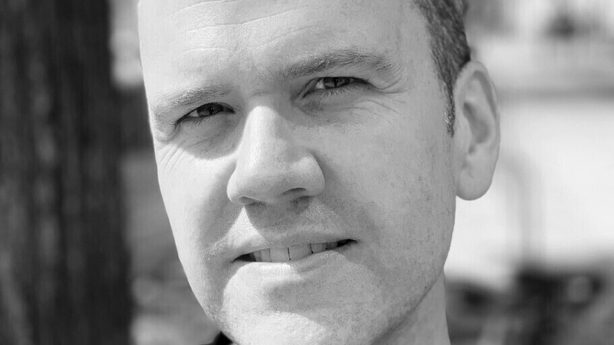Dublin International Film Festival preview: Centred around the community and landscape of the darkest inhabited place in Ireland, photographer and filmmaker Michael J. Whelan's new documentary Fields of Darkness explores diverse physical and metaphorical perspectives on darkness, weaving together stories from archaeology, spirituality, astronomy, music, and blindness.
Below, Michael introduces Fields of Darkness, which receives its World Premiere at this year's DFF.
In 2017, I embarked on a project to photograph the darkest places in the world. Certified by different organisations, these sites are selected to provide the best conditions for viewing the night sky, away from the effects of light pollution. As beautiful as it was to see the Milky Way for the first time, it was the places themselves that I found the most interesting, and what it means when borders are needed to delineate zones free from errant light pollution. Over the next years, I spent many nights in forests in Wales, and mosquito-infested swamps in Westhavelland in Germany, waiting on five-hour exposures to finish.
My research expanded to include projects that documented light pollution itself, as well as the animals that were mortally affected by it. It soon became clear to me that this research was leading to a film that would explore diverse physical and metaphorical perspectives on darkness. I wanted to bring together many different aspects of this theme and imagined a tapestry of stories. But as the project progressed, it became clear that as well as being joined by a theme, the stories would also need to be joined by a place. As I had spent time photographing in the Kerry Dark Sky Reserve years before, I knew, it would be the perfect place for our film.

Over the following two years, we spent a lot of time on the Iveragh Peninsula, getting to know the incredible landscape and meeting remarkable people. It became clear quite quickly who we would spend time with for the core of the film: Linda, the zoologist who we follow setting up field cameras, observing the endangered birds on the Skellig islands and listening for bats; Aoibheann, the archaeologist, who brings the rock art carvings to life and connects them for us with the constellations above our heads; and Aprile, a priestess, who introduces us to the indigenous pre-Christian gods living deep within the landscape. Three people, whose diverse backgrounds reflect the various ways in which this place can be experienced.
It goes without saying that community is incredibly important in rural Ireland, and we wanted to reflect this in the film. We visit the Ballinskelligs Set Dancing Club, organised by Jackie, an inspiring widower, who took up dancing in his 70's. We spend time with the students of Scoil an Ghleanna, the school with one of the most beautiful views in Ireland, overlooking the Skellig Islands. We follow Fr. Patsy blessing the gravestones in his parish. And, as global events made their way to South Kerry, we join Aoibheann as she hosts rock art viewing events at night with a group of Ukrainian refugees.
And then of course there was the incredible Neolithic landscape of the Iveragh Peninsula, constantly permeating every moment, every shot. Itself demanding to become a character in our film. So, we filmed all sorts of landscapes in all sorts of seasons and every kind of weather. We discovered ruins and abandoned houses, we found empty lakes and lonely horses. With each shot we got closer to understanding why this place is so important to so many people.
Fields of Darkness screens on Tuesday, February 28th at the IFI Dublin, as part of this year's Dublin International Film Festival programme - find out more here.
